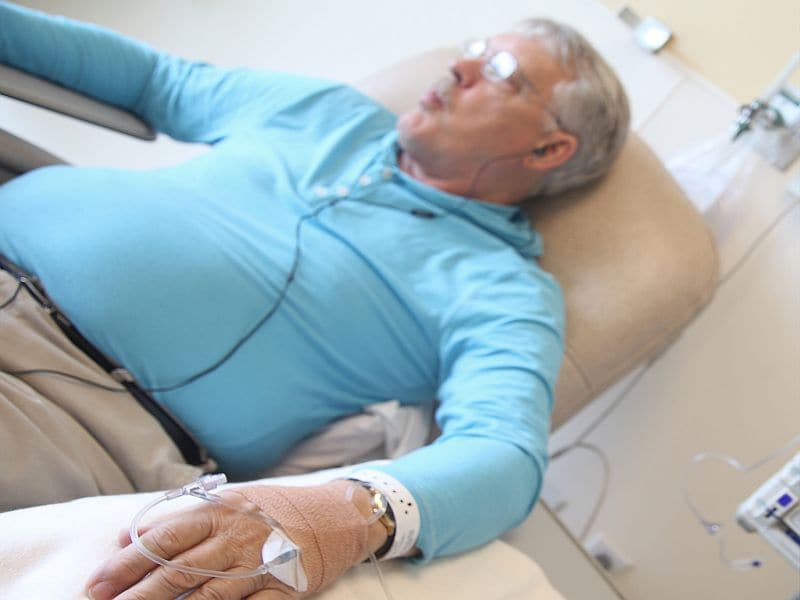Percentage of STS patients receiving chemo driven by factors such as tumor size, income, facility type
THURSDAY, Sept. 10, 2020 (HealthDay News) — The rates of adults with high-grade soft tissue sarcoma (STS) who receive chemotherapy may be lower than expected, indicating a need for more aggressive systemic treatments, according to a study published in the August issue of the Journal of the National Comprehensive Cancer Network.
Danielle S. Graham, M.D., of the University of California in Los Angeles, and colleagues performed an analysis of data from the National Cancer Database to identify the patterns of demographic, clinical, treatment, and facility factors associated with adults diagnosed with high-grade STS. The study group consisted of 19,969 patients, ages 18 years and older, who received surgical resection and/or radiation to treat STS between the 2004 and 2016.
The researchers found that 22 percent of patients received chemotherapy (22 percent). These patients were younger (ages 18 to 50 years), had larger-sized tumors (high-grade, >10 cm) or deep tumors, had positive surgical margins, and were treated at high-volume facilities. Of these patients, 85 percent received multiagent chemotherapy and 47 percent were treated with neoadjuvant chemotherapy. Patients treated with neoadjuvant chemotherapy were found to more likely have a higher income, have a larger-sized tumor, and receive treatment from high-volume academic facilities that were further in distance from the patient’s home.
“Despite aggressive local therapy, up to 50 percent of patients with high-risk (≥5 cm, high-grade) primary STS develop metastases, highlighting the critical need for effective systemic therapies,” the authors write.
Several authors disclosed financial ties to the pharmaceutical industry.
Copyright © 2020 HealthDay. All rights reserved.








